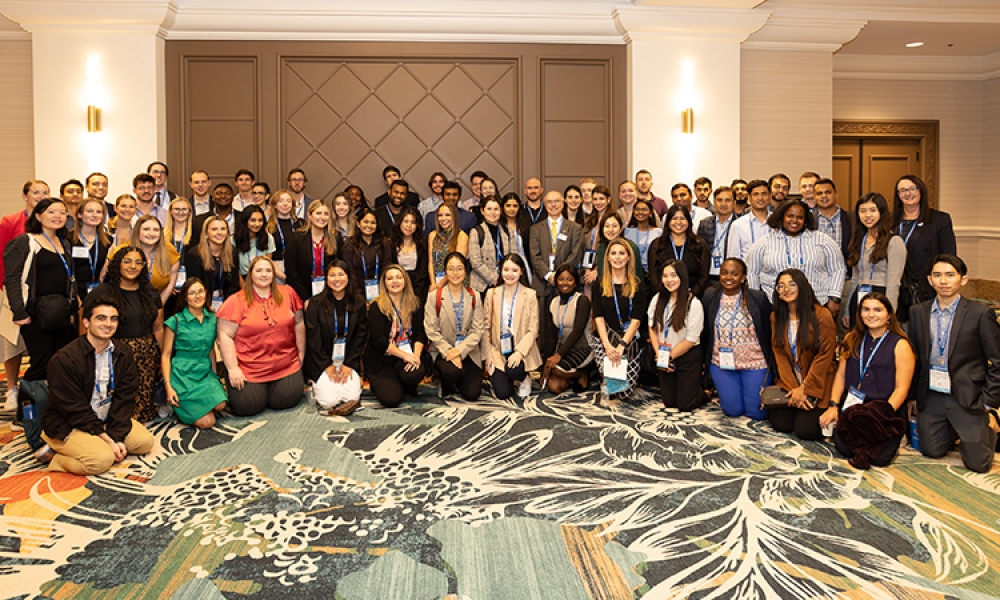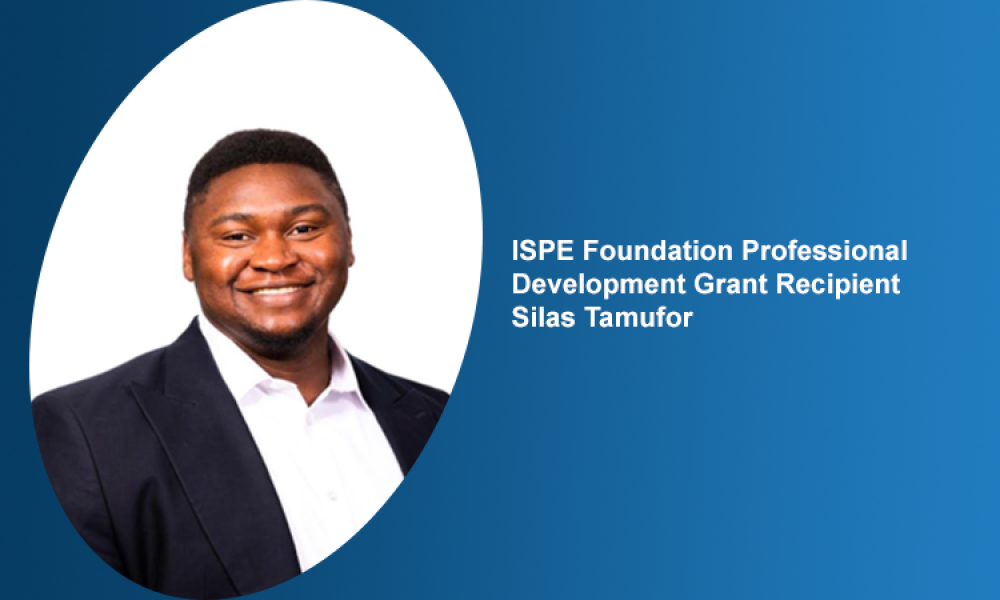In this track, attendees will have the opportunity to explore the biopharmaceutical facility design landscape through the lens of the world’s leading pharmaceutical manufacturers and industry partners. These presentation topics will offer insight into the manufacturing efficiency of next-generation bioprocessing, elimination of operational and digital silos through integrated Pharma 4.0™ practices, consideration of tangible and intangible factors in facility planning, closed systems and Annex 1 challenges on filter integrity testing, and prokaryotic culture facility in the manufacture of therapeutic bacteriophages as an alternative to antibiotics.

The last decade has seen continuous growth and development in monoclonal antibody (mAb) production science and technology, now a leading biopharmaceutical therapeutic modality. Robert O’Keeffe, Director of the Engineering Tech Centre at Eli Lilly, will highlight the concept of next generation bioprocessing in facility design. His session is based on research metrics and will include looking at concepts across a wide range of global mAb supply. O’Keeffe will explore how increased cell line productivity and improved purification capacity lead to accelerated product supply, flexibility, high throughput, lower titer cost, and lower carbon footprint.
In “OEM Coordination to Achieve Your Pharma 4.0 Vision,” John Hatzis, Global Life Sciences Consultant with Rockwell Automation – Marlboro, MA, and Steve Chapman, Partner with Barry-Wehmiller Design Group (BWDG), will provide guidance on how to avoid operational and digital silos. This synergistic collaboration between Rockwell Automation and BWDG will guide the audience through a roadmap to successfully collaborate with original equipment manufacturers (OEMs) and automation technology partners to implement a plant’s Pharma 4.0 vision, using practical specifications and the latest plug-and-produce technology.
“Blank Slate to Building Excellence” will bring Gil Stevens, Executive Director of Global Engineering with Ultragenyx Pharmaceutical Inc together with Scott McNallan, Director of Architectural Design, and Sydney Hamilton, Strategic Facility Planner, both with CRB, to guide attendees through the design process of a state-of-the-art facility that considers both tangible and intangible aspects. Through the simultaneous dissection of tangible aspects (e.g. modality, patients per year, process steps, equipment, operations) and intangible aspects (e.g. impact on society and patients, talent acquisition and retention, cultural development, human wellness), attendees will learn how to navigate the complex landscape of progressing from a blank slate to building excellence.
Marc Pelletier, PhD, a Director with CRB and a long-term contributor to the ISPE Baseline Guide Volume 6: Biopharmaceutical Manufacturing Facilities, will discuss the BioPhorum Closure Playbook that speaks to the latest guidance on the implementation of closed systems for biologic drug substance manufacturing. This presentation will also root its findings in industry publications and consensus developed within BioPhorum on the practical application and decision-making process behind pre-use, post-sterilization integrity testing (PUPSIT).
With the rise of antibiotic-resistant bacterial strains, therapeutic bacteriophages are emerging as both a potential alternative to antibiotics and as an antibiotic-synergistic treatment of bacterial infections. William Whitford, Global Solutions Leader with DPS Group, will present “Facilities for Large-scale Bacteriophage Manufacturing.” Whitford will detail how manufacturing at scale involves examining key process input variables for their effect upon key process outputs for all unit operations, detailing considerations for upstream operations and downstream processes. He will explain the challenges behind translating optimized net API yield potential to the equipment and processes, how to establish large-scale prokaryotic culture facility design, and considerations for evaluating such options as the use of either single-use or stainless-steel equipment for implementation.
Overall, this entire track has been carefully curated to highlight real-world examples and trending challenges behind biopharmaceutical facility design. Whether starting from scratch or implementing improvements to a brownfield facility, this track seeks to posture the conversation to ask all the right questions and set facility design projects up for success.
Learn More & Register






